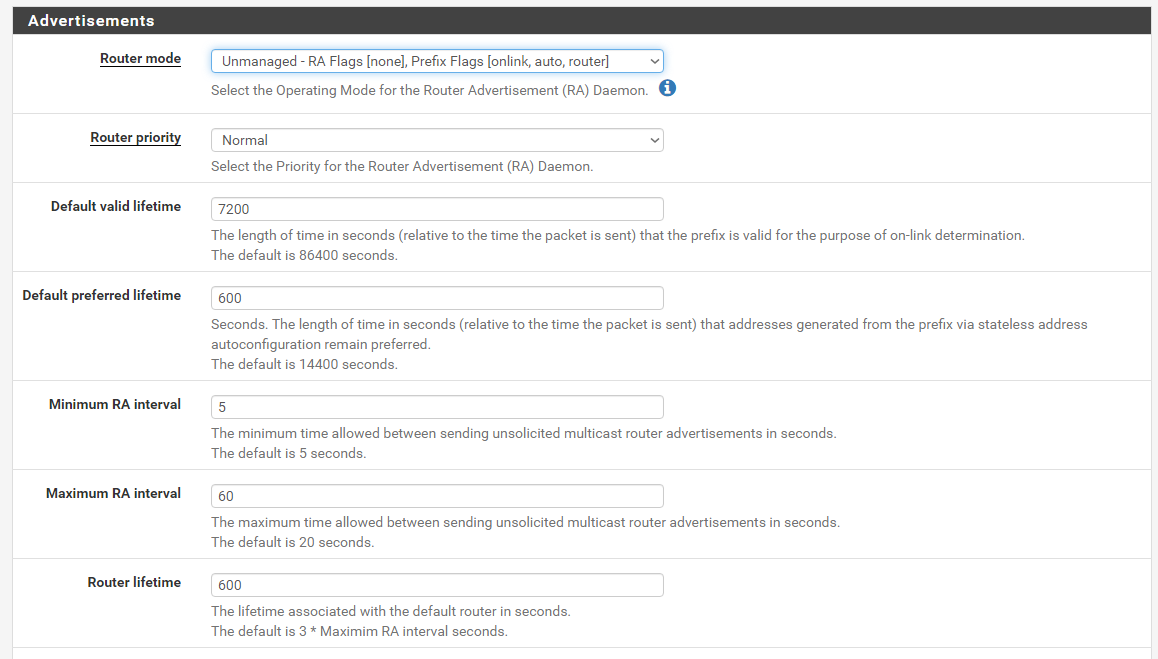@johnpoz said in ipv4 only no more:
How many vlans do you have?
I have 8 subnets/vlans.
LAN (default vlan): Switchs, APs and controller
Infrastructure: Pi-Hole
Home: iPhones, iPads, Macbooks
Media: LG TV, Roku TV, Apple TVs, Sonos Speakers
Server: Synology and QNAP NAS
Printer: HP printers
IoT: Kindles and Bike Computers
Guest:
I have 3 SSIDS
Freeside: Enterprise Radius assigned VLAN
Chiba: PSK Radius assigned VLAN by MAC address
Sprawl: Guest
I put everything I could on Freeside, including one of my printers that supports WPA2 Enterprise EAP-TLS. Lots of fun with Apple Configurator for the others.
Chiba gets the kindles, bike computers and Roku TV. Before anyone has a fit, no you can't get on this network by MAC address only. They are only used to do VLAN assignments. You still have to know the pre shared key. Unifi is kinda misleading with this, they call it 'RADUIS MAC AUTHENTICATION". I tested this and found that you have to have a user in Radius that matches the MAC address and the PSK. Radius shows it as a successful logon if you have no password or the wrong password but the AP doesn't connect you in that case. Maybe you could do this on an open network or do something in Radius to make it a MAC bypass. That is a terrible idea.
Sprawl is the guest network.
Everything that is stationary is on a wired connection with the exception of the Roku TV and one Apple TV.
One printer (an all-in-one) is on a cart and connects to Freeside (didn't know it supported Enterprise EAP-TLS until recently, never bothered to look when I bought it) :)
I violate the F out of the L2 segregation using avahi (mDNS/Bonjour) and udpbroadcastrelay (SSDP, for the Sonos). I'd post up all my firewall rules but that would just serve to make me look dumber than I already do. They get the job done but are not nearly as locked down as they could be.
There is a lot that could be improved. We're probably going to move late spring/early summer and that will be the time to get some gear that is quieter and more energy efficient. A Netgate appliance and new switch(s). Get rid of my unifi stuff and replace them with Ruckus APs if I can find some for a decent price used. Put bigger drives in my Synology and retire the QNAP. There's always something...

